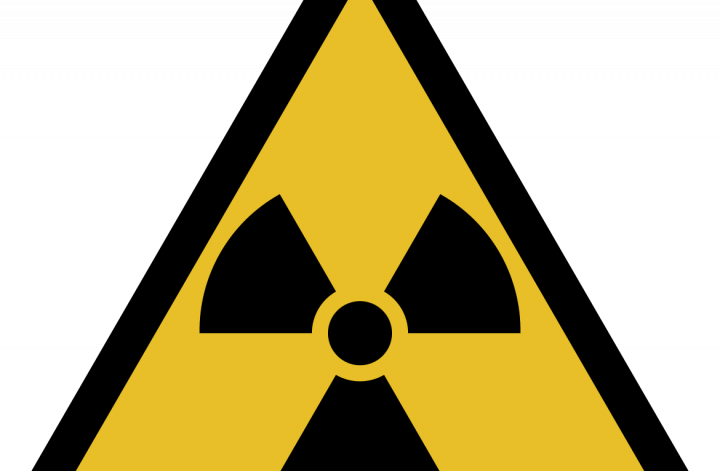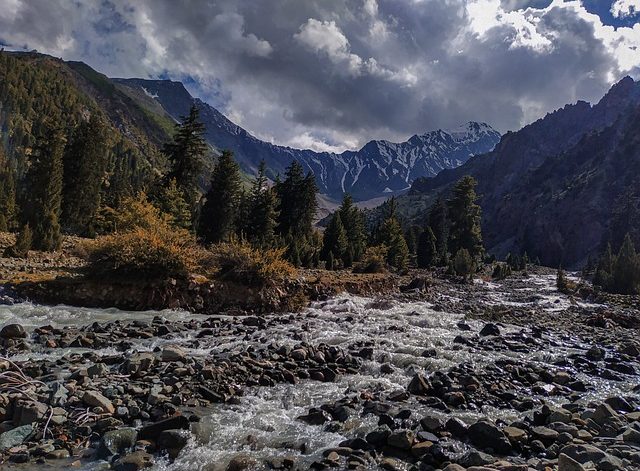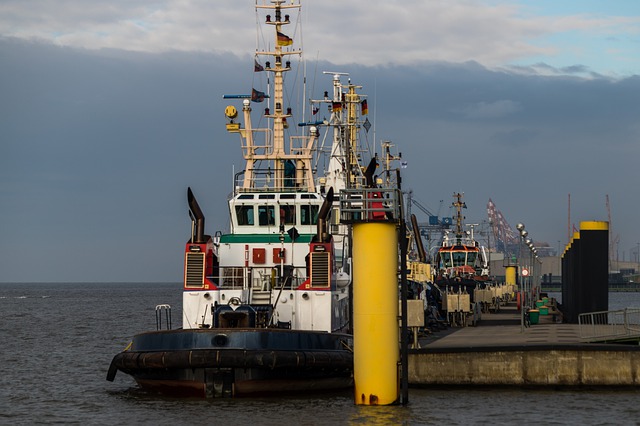-
- A recently published study found out that the levels of Radon found in water samples from Bannu District, Pakistan is higher than the acceptable limit.
- Inert/radioactive gas radon could have severe health complications if consumed in high concentration.
- The researchers analyzed various groundwater samples from the target area and assessed health issues linked with radon gas.
- Based on studies, children are found most vulnerable to health risks and hazards such as lung cancer caused by radioactive radon gas.
Also read: Current Environmental Issues In Pakistan – List With Detail
Introduction
Radioactive Radon gas has an atomic number 86 and it is among inert gases in the periodic table. The inert gases are also widely known as noble gases and listed in Group 18 of the periodic table. All noble/inert gases possess similar properties. These noble gases generally don’t react and are a very stable group of elements. One of the noble gases such as radon gas could be present naturally anywhere in the lithosphere (soil) and hydrosphere (water) as a result of the radioactive decay process.
Sources of Radon
The prime source of radon gas in rocks is the radioactive element Uranium that gives off radium after radioactive decay. Radium itself is a radioactive element that also follows this decay process and eventually turns into radon gas. It usually occurs in underground water and porous rocks. Radioactive radon gas comes with a half-life of 3.83 days and characterizes as odorless, tasteless, and colorless.
Also read: Sources and Effects of Common Water Pollutants
Research Summary
The recent research was carried out in district Bannu of Pakistan centering upon the correlation between various levels of radon gas in water samples and health assessment of resident children. During the research, analytical as well as geospatial procedures and methods were adopted to get the anticipated results. The locals have had access to groundwater through water bore, hand pump, and tube wells.
In order to find out the connection between concentrations of radon gas to health hazards, the drinking water samples from various depths of soil were collected and analyzed. The children of the target area were approached for health status evaluation.
The lowest and highest levels of Radon gas in drinking water samples were probed and compared with acceptable limits. It was found out that the water sample with greater depth had more concentration of radon gas. According to 2002 WHO, the maximum contaminant level of radon gas is 11.1 Bq/l (MCL). Almost half of the water samples showed concentration higher than the maximum contaminant level.
The Permissible Exposure Limit of radon gas for children is 0.1 mSv/y and many samples were found high in concentration than accepted values. The areas where levels of radon gas in drinking water were higher than PEL represented more health problems among children than other areas where the levels of radon gas in drinking water samples were under the limit.
Considering the final results and findings of the research, it could be stated that there is a direct link between long-term exposure and a high concentration of radon gas.
Also check out: Water Crisis in Pakistan- Current and Future
Effects
The high levels of radon gas could have caused adverse health problems such as lung cancer, brain tumor, gastrointestinal diseases, and kidney diseases. Chronic exposure to high levels of radon gas in drinking water can be a leading factor of health deterioration among children.
Suggestion
The government needs to take action to ensure the provision of safe water to the people living in the area.
You might also be interested in: Effects of Climate Change on KPK Province of Pakistan
I hope you all liked this post! Please comment below if you have any suggestions, comments, or feedback! We at #envpk love hearing from our readers! Thanks!





1 Comment
Very informative article, thank you for sharing.